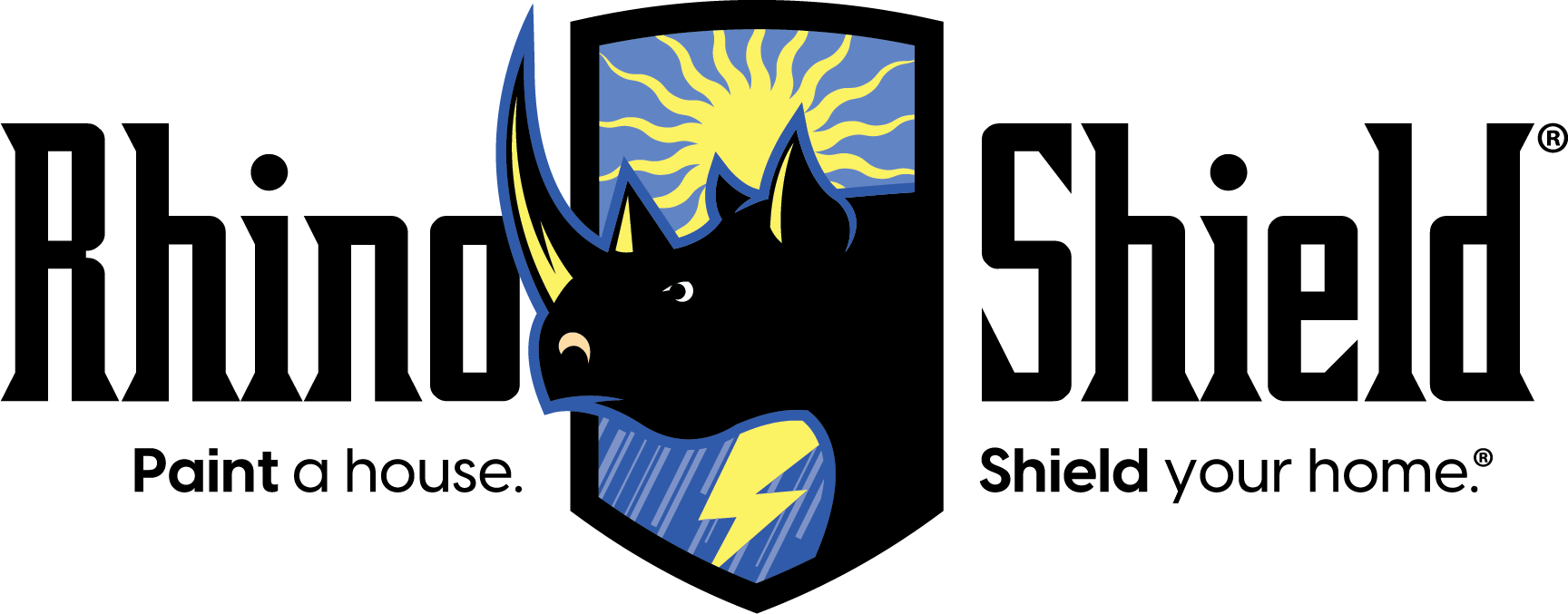Why You Should Choose a Professional to Paint the Outside of Your Home
July 25th, 2024 | 4 min. read
By admin

Have you ever stood outside your home, looked at the peeling paint, and thought, "I could probably handle this myself"? Maybe you've watched a few DIY videos and feel ready to tackle the project. But there's a nagging doubt—what if something goes wrong? What if the paint doesn’t last? These concerns are valid and quite common among homeowners.
At Rhino Shield, we understand the complexities and challenges involved in exterior painting, and we're here to help you navigate this process. In this article, we'll explore why hiring a professional to paint the outside of your home is a wise investment. By the end, you'll have a clear understanding of the tools, techniques, and expertise required for a successful paint job, and why a DIY approach might not be the best solution for most.
The Essential Inspection Tools Professionals Use
Moisture Meters: Probes and Ultrasonic
One of the most crucial tools in a professional painter's arsenal is the moisture meter. Moisture is a common culprit behind paint issues, whether you're dealing with stucco, wood, or composite siding. Professionals use two types of moisture meters: probes and ultrasonic devices. These tools help detect moisture levels that could lead to adhesion problems or indicate a systemic issue, such as leaky windows or roofing problems.
Testing for pH Levels on Various Surfaces
Another critical test involves checking the pH levels of masonry surfaces, hardy boards, and stucco. An imbalance in pH levels can cause paint to discolor or not adhere properly. Professionals have the equipment to test and ensure the surface is ready for painting, preventing potential future problems.
Lead Paint Checks for Older Homes
If your home is older, there's a possibility of existing lead paint. Professional painters are equipped with lead checks to identify and safely handle lead paint, protecting your family from harmful exposure.
Testing Existing Paint Types: Oil vs. Water-Based
Before applying new paint, it's essential to determine whether the existing paint is oil-based or water-based. This knowledge influences the choice of primer and paint. Professionals conduct these tests to ensure compatibility and durability of the new paint job.
Quality Equipment That Makes a Difference
Pressure Washers and Their Importance
Proper surface preparation is key to a lasting paint job. Pressure washers are essential for removing dirt, mildew, and old paint. This step ensures the new paint adheres properly and lasts longer.
Ladders and Scaffolding: Safety and Efficiency
Professional painters invest in high-quality ladders and scaffolding. Unlike the average homeowner’s ladder, these tools are designed for safety and efficiency, especially for multi-story homes.
Personal Protective Equipment: Safety First
Safety is paramount. Professionals use personal protective equipment (PPE), including eye protection, gloves, and respirators, to safeguard themselves from paint fumes and other hazards.
Professional-Grade Sprayers and Tips
For a smooth, even application, professionals use airless sprayers with multiple tip sizes, tailored to different types of coatings. This ensures that primers and topcoats are applied correctly, resulting in a flawless finish.
The Importance of Proper Preparation
Moisture and Adhesion Issues
Moisture is a silent enemy of paint. If you paint over a damp surface, you risk peeling and bubbling. Professionals use moisture meters to detect and address these issues before painting begins, ensuring better adhesion and a longer-lasting finish.
The Role of Pressure Washing and Surface Cleaning
A thorough pressure washing removes contaminants that could interfere with paint adhesion. This step is critical for preparing the surface and ensuring the new paint bonds well.
Masking and Protection: Windows, Roofs, and More
Professionals use tarps and masking equipment to protect windows, roofs, and other areas from overspray and drips. This meticulous attention to detail ensures a clean, professional result.
Wet Mill Gauges for Even Paint Distribution
To achieve an even paint distribution, professionals use wet mill gauges. These tools measure the thickness of the paint application, ensuring it meets the manufacturer’s recommendations and providing a consistent finish across the entire surface.
Why Technique Matters as Much as Tools
Even with the right tools, the technique is crucial. Professional painters are trained to apply paint evenly, avoiding streaks and ensuring a uniform finish. This expertise comes from years of experience and training.
Manufacturer Recommendations and Their Importance
Adhering to manufacturer recommendations for paint application is essential. Applying paint too thick or too thin can lead to problems. Professionals follow these guidelines meticulously to ensure the best results.
Common Mistakes in DIY Painting
Many DIY painters make mistakes such as improper surface preparation, using the wrong type of paint, or applying too many or too few coats. These errors can lead to poor results and costly rework.
The Value of Professional Training and Experience
The Lack of Licensing Requirements for Painters
In many areas, painters are not required to have a license, leading to a wide variance in skill and knowledge. This is why it's important to hire a professional who has undergone formal training.
The Importance of Formal Training and Certification
Professional painters often receive training and certification from institutions like the Masters Paint Institute (MPI) or through union apprenticeships. This training ensures they are knowledgeable about the latest techniques and safety standards.
Union Painters and Master Training Institutes
Hiring union painters can be beneficial as they typically undergo rigorous training and apprenticeships. These professionals bring a high level of expertise and reliability to the job.
Success Stories from Professional Painting Projects
A recent Rhino Shield project involved a historic home with lead paint. Our team safely removed the old paint, prepped the surface, and applied a new, durable coat. The result was not only beautiful but also long-lasting and safe for the family.
Conclusion
Hiring a professional to paint the outside of your home is an investment in quality, safety, and peace of mind. While DIY painting might seem cost-effective, the expertise and equipment that professionals bring to the table ensure a superior result. At Rhino Shield, we understand that our services may not be for everyone. If you're looking for a quick, budget-friendly fix, we might not be the right fit. But if you value durability, quality, and professional craftsmanship, we are here to help. Reach out to us for a consultation and experience the difference that professional painting can make.
If you’d like a free, no-obligation quote for a Rhino Shield paint job, click the button below.

